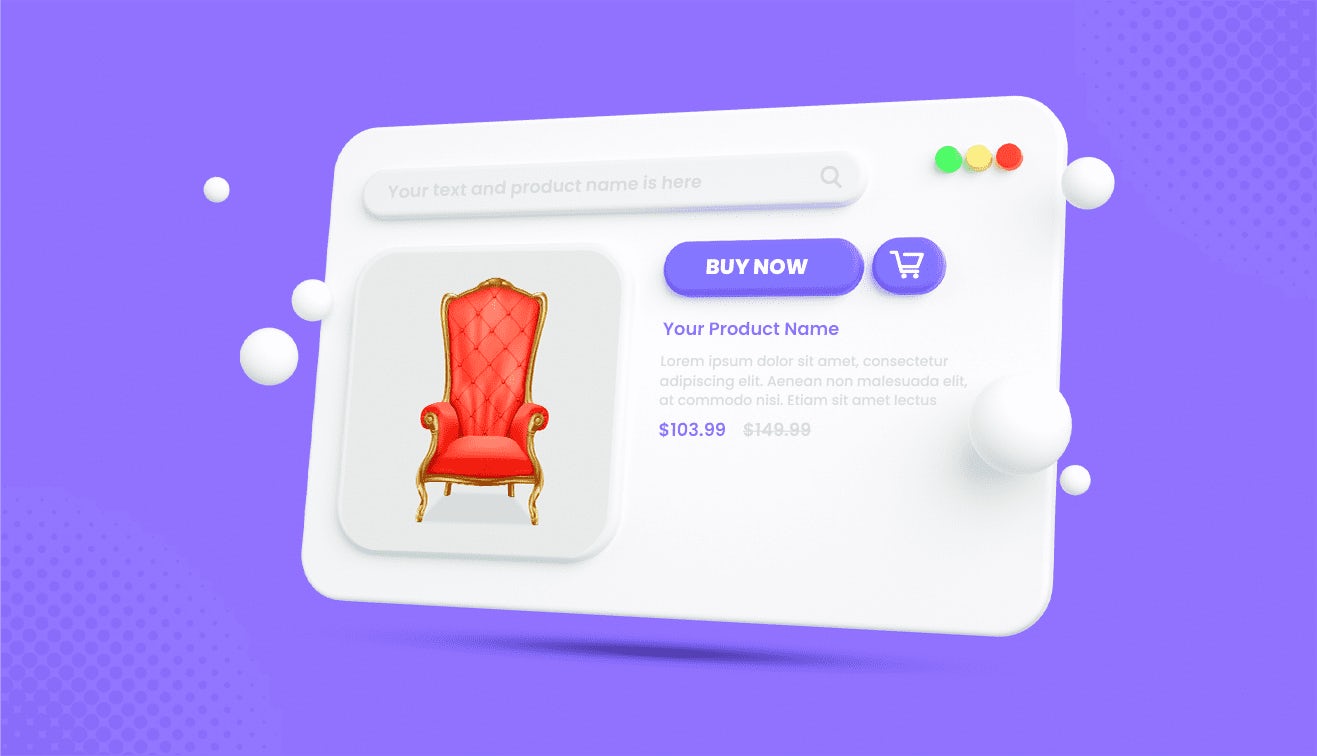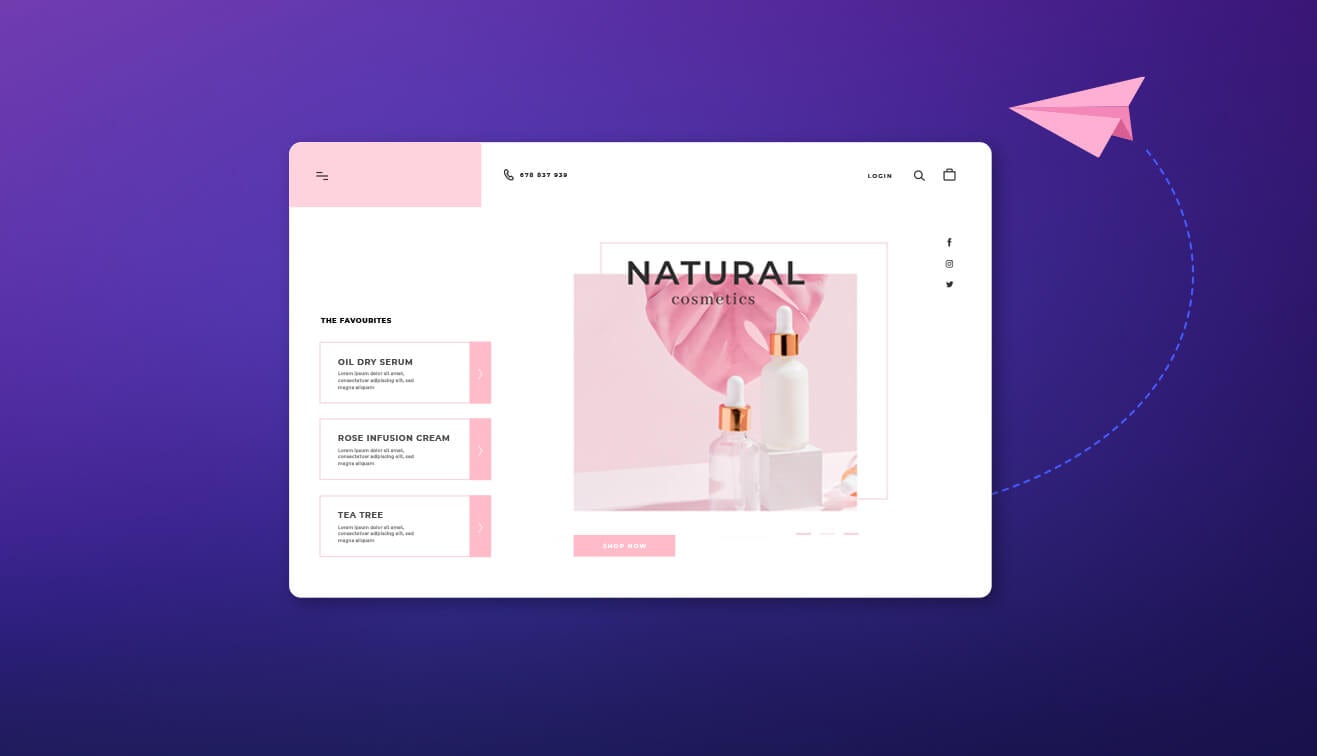Flexibility is a cornerstone in modern commerce architecture, emphasizing the separation of frontend and backend commerce functionalities, commonly known as headless commerce. This approach empowers marketing teams to take ownership of the experience layer, allowing for swift adjustments to front-end elements.
Over the past few years, Headless Commerce has grown massively in popularity. According to Getshogun's study, more than 61% of retailers have adopted headless and some of them are planning to do so soon.
Whether launching campaigns, promotions, or crafting cutting-edge customer experiences across various frontend devices or channels, headless commerce provides unparalleled freedom for innovation.
Unlike traditional implementation, headless commerce does away with the need for a wholesale shift to a new software solution within a fixed timeframe. Instead, it embraces a phased deployment approach, gradually phasing out monolithic components while introducing new modules over time. It offers a more adaptable and strategic evolution of the commerce architecture.
Best Practices for Headless Commerce Implementation
For successful implementation of headless in your business, here are some best practices:
Understand Your Business Need
Understanding your business needs is the foundational step in the successful implementation of headless commerce. Begin by conducting a thorough analysis of your current e-commerce ecosystem, identifying pain points, and the desired improvements.
Consider factors such as the volume and variety of products you offer, the complexity of your content management requirements, and the specific user experiences you aim to deliver.
Assessing scalability requirements and future business goals is crucial, ensuring that the chosen headless solution aligns with your long-term vision. You need to consider the devices and channels through which your customers interact with your brand.
By gaining a comprehensive understanding of your business needs, you lay the groundwork for selecting the most suitable tech stack and tailoring the headless commerce implementation to address your unique challenges and objectives.
Responsibility Assignment Matrix Index
The RACI matrix serves as a responsibility assignment chart delineating tasks, milestones, and pivotal decisions within a project. It designates roles as Responsible for task execution, Accountable for overall completion oversight (though not directly performing the task) and specifies individuals or groups to be Consulted or Informed as needed. The acronym RACI encapsulates the four key roles stakeholders may assume in project involvement.
• Responsible: The individual designated to execute a specific task or deliverable.
• Accountable: The person or role responsible for the overall completion of the task or deliverable. While not directly performing the task, they ensure its finalization.
• Consulted: Individuals, roles, or groups providing essential information necessary for task completion.
• Informed: People or groups kept abreast of updates regarding tasks and deliverables.
Aligning the Implementation Team Resources
The pivotal factor for project success lies in having a seasoned Project Manager capable of adeptly overseeing both project team staffing and resource allocation. Guided by the established RACI framework, the Project Manager should advocate for the following as essential prerequisites:
1. Documentation of Business Processes: Ensure that relevant team members contribute to documenting business processes as part of requirement preparation.
2. Subject Matter Expert Inclusion: Assign Subject Matter Experts acquainted with existing systems and business processes to the project team.
3. Involvement of Business Owner/Decision Makers: Ensure the presence of Business Owner/Decision Makers in project meetings, especially those related to necessary business process changes.
4. Pre-meetings with Technical Team: Facilitate preliminary discussions between Business Owner/Decision Makers and the Technical Team to align internal priorities.
5. Engagement of Stakeholders: Involve stakeholders from key business areas to secure all necessary support for project success.
6. Conduct Scrums: Implement scrum meetings to foster cross-team collaboration.
7. Proactive Training Identification: Identify training needs at the project's outset and secure appropriate resources for customer team members.
While these recommendations establish a foundational framework, they do not guarantee success.
Select the Right Commerce Platform
Before you move towards headless, it is important to select the right ecommerce platform as it decides the success of your online store in long run.
In the ecommerce market, there are plenty of platforms, each having unique features and capabilities. Some platforms may offer you more security, some of them may be easier to use, some may offer better flexibility, some platforms may come with better features, and some may cost you more expensive.
Choosing the right platform that suits your business well is totally your call depending upon your business functionality.
Strategize Your Commerce Architecture
Headless ecommerce solutions encompass:
Front End: This constitutes the user interface spanning various sales channels.
APIs (Application Programming Interfaces): Serving as an intermediary, APIs facilitate data requests and input exchanges between the front end and the back end.
Back End: This encompasses the logic governing all business processes and user interactions, including checkout rules, promotions, and catalog structure.
Data Sources: Integrated business systems store and manage diverse types of business data. Integrations with these systems are tailored to meet specific business needs. In cases where no business systems are required, data is sourced directly from the database(s).
The core feature of the headless architecture, as depicted in our illustration, involves a unified back end connecting to multiple fronts through APIs. In this context, we provide examples of user interfaces and system integrations, although other integration scenarios may emerge based on your unique business requirements.
Thus, before integrating headless commerce it is important to strategize your commerce architecture.
Follow Agile Development Model
Through numerous implementations, a customized Agile approach proves effective and efficient. The practices delineated in the Initiate, Execute, Monitor/Control sections, along with a subsequent case study, serve to underscore this perspective. Here are some primary phases of Agile development:
Initiate
Establish the project's overarching parameters by engaging stakeholders, crafting a project charter, or initiation documentation, and determining the most suitable process model to align with business priorities.
Within the Standard Agile Process:
• Project planning
• Creation of a product roadmap
• Release planning
• Sprint planning
• Daily meetings
• Sprint review and retrospective
This streamlined approach remains flexible, embracing change and emphasizing continuous improvement. It unfolds gradually and iteratively, commencing with a basic design that evolves as the project advances. The workspace is segmented into modules, and tasks are executed in sprints, each lasting a few weeks and progressing through the following stages:
• Breaking down the concept into smaller, manageable components.
• Conducting thorough requirements analysis and engaging in numerous stakeholder meetings to collect detailed information.
In this phase, the project's scope is delineated, a comprehensive project plan is formulated, costs are identified, resource availability is assessed, and roles and responsibilities are clearly defined.
The Agile methodology is more suitable in the presence of any of the following conditions:
• Absence of formal documentation
• Nonexistence of a project plan
• Lack of a formalized timeline or agreement
• Undefined Project Manager role
• A very flexible structure, often attributed to a small team (which can be both advantageous and challenging)
• Conflict between specified deliverables and Agile work methods.
Training
Consider adjustments for changes in business processes that necessitate training and decision-making, particularly when the team is not adequately aligned to meet customer expectations.
Execute
During the execution phase, the project's deliverables undergo development, testing, and deployment. This process can be divided into iterative cycles, and the implementation of a Strangler Pattern becomes crucial to expedite the realization of value and benefits from the headless solution. Timeboxing, involving short, specific time goals for sprint delivery, is adopted as a practice for regular and monitored accountability.
Monitoring/Controlling
The Monitor/Control phase runs in parallel with the Execute phase. The Project Manager assesses project advancement and performance, providing status reports. Monitoring occurs continuously through dashboards and automated alerts, with off-hours support managed by the operations team. Adopting Scrum methodology is considered a best practice in Agile for prioritizing attention to business opportunities.
Close
During an effective project closure, the team is released, and a concluding recap meeting takes place involving all significant stakeholders. A comprehensive review of lessons learned is undertaken, and all project documentation is duly archived.
Run
Transform the team into an Agile unit tasked with continuous monitoring and iteration of the solution. It is advisable for both the project management team and vendors to conduct regular meetings to gather inputs, ensuring alignment among key team members regarding project deliverables.
Throughout every project phase, it's essential to keep stakeholders across the business informed. This practice ensures that all necessary supporting elements are in place for a successful outcome.
Reliable Media Delivery
In headless commerce, reliable media delivery stands as a pivotal factor for businesses aiming to captivate their audience. It ensures that high-resolution images, engaging videos, and immersive multimedia content are not only swiftly delivered but also consistently presented, enhancing the overall user experience.
Implementing reliable media delivery involves leveraging content delivery networks (CDNs) to globally distribute media assets, reducing latency and ensuring fast loading times. By decoupling content delivery from the core application, businesses can efficiently scale their media resources to accommodate demand fluctuations without compromising performance.
This strategy aligns with the expectations of modern consumers who demand instant access to visually appealing content. It contributes to faster page load times, reducing bounce rates, and enhancing user engagement.
Mastering reliable media delivery is the gateway to creating a visually immersive and compelling online storefront in the era of headless commerce, where content plays a paramount role in shaping memorable and impactful digital experiences for today's discerning consumers.
Pre-Launch Testing
Prior to initiating a headless commerce launch, it is crucial to conduct thorough testing. Numerous companies are introducing products with the aim of outperforming competitors through the implementation of headless commerce.
A significant number of these initiatives end in failure due to inadequate testing before launch. It is imperative to ensure that every aspect operates seamlessly, free from bugs or glitches in the system, to maximize the chances of a successful implementation.
End Note
Rolling out a headless eCommerce solution demands careful planning and discipline from the start. Achieving success in implementing a headless commerce solution entails looking beyond the conventional storefront. It involves considering the broader digital ecosystem to harness the advantages of a more flexible system and prioritizing the user experience.

































































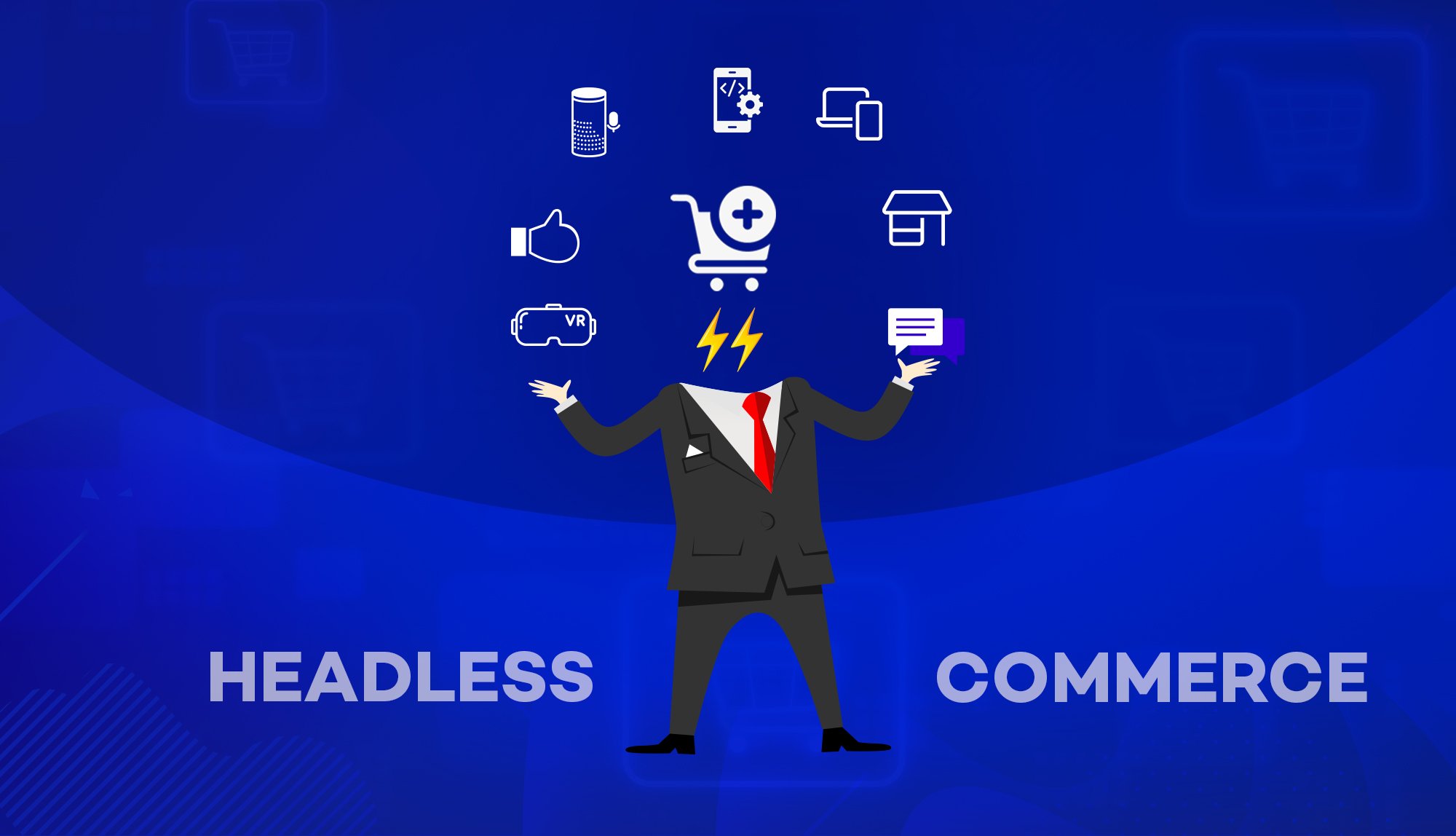
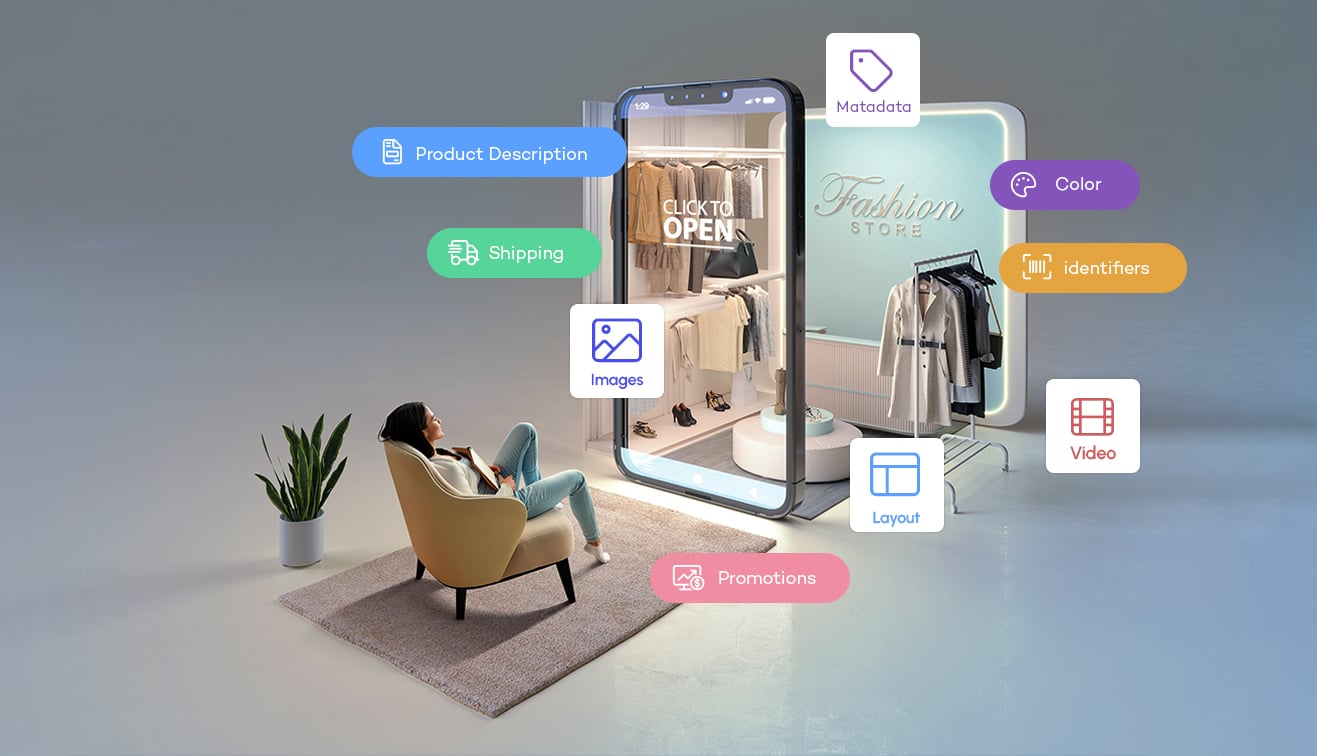
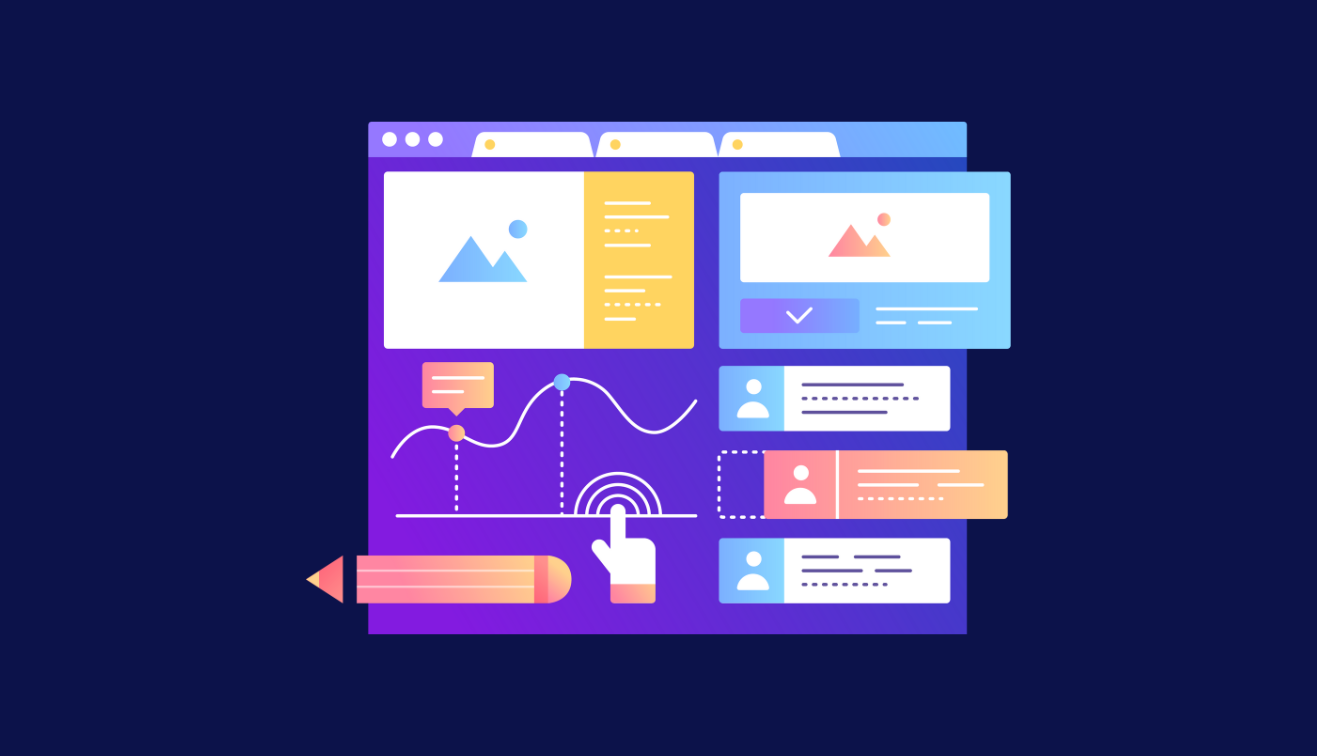


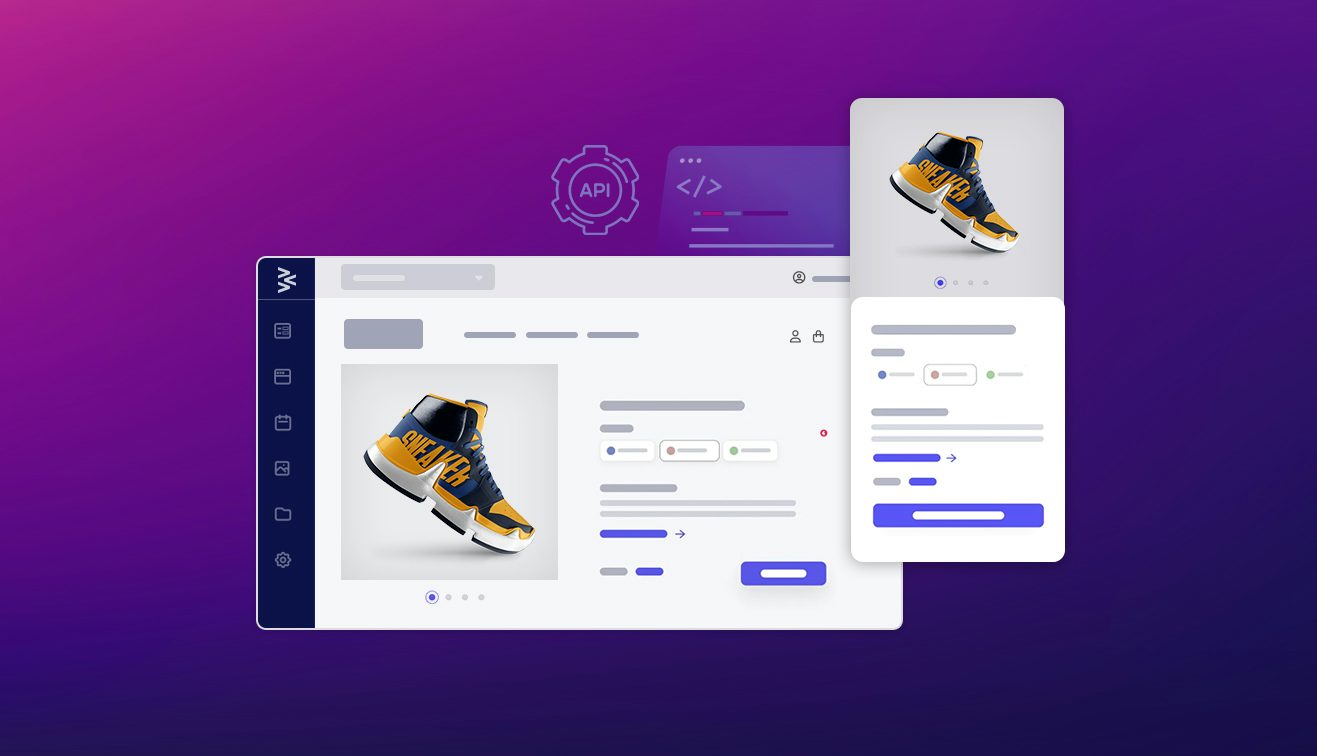

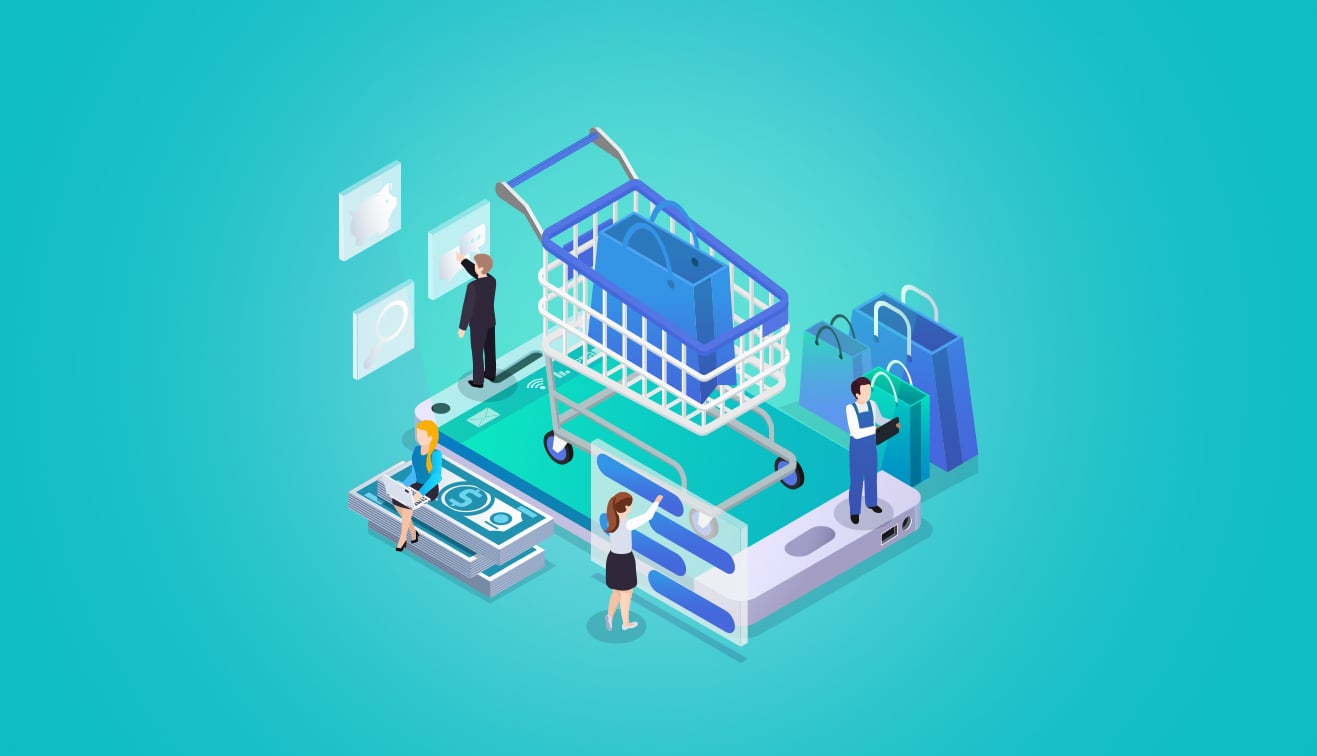

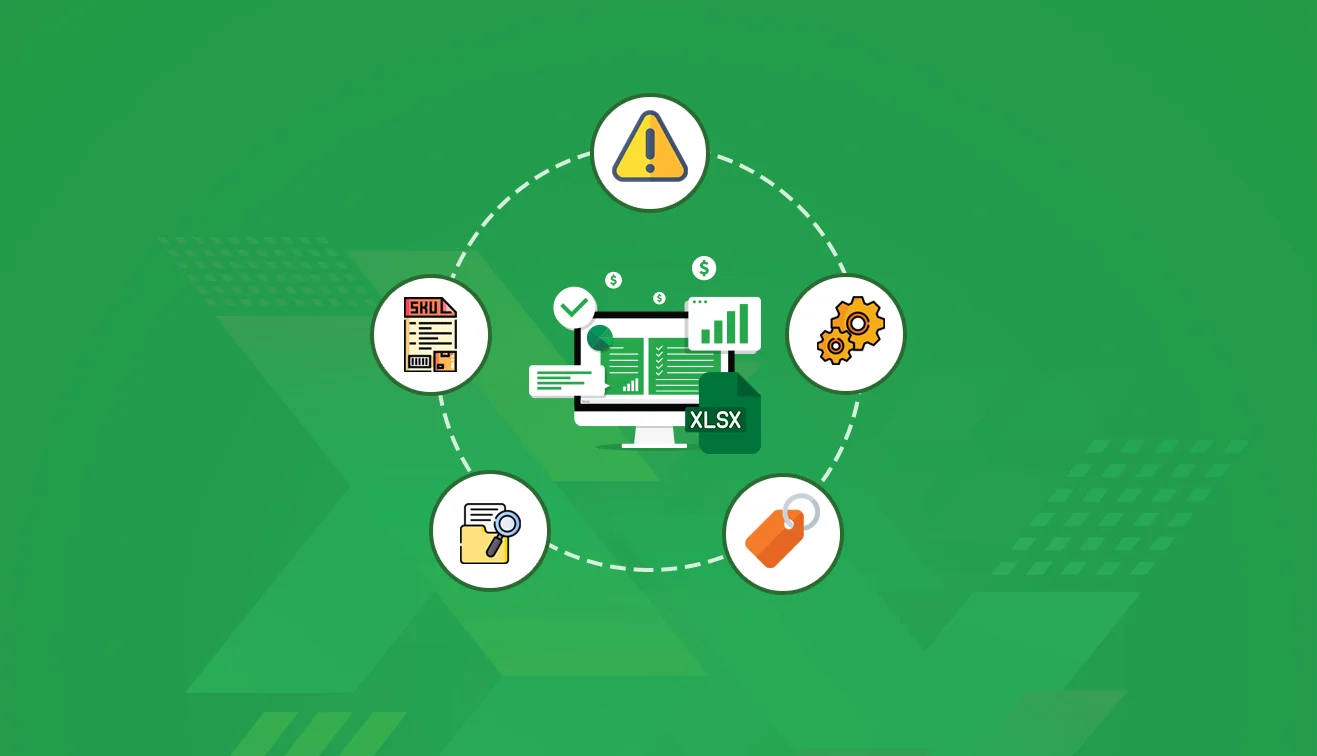
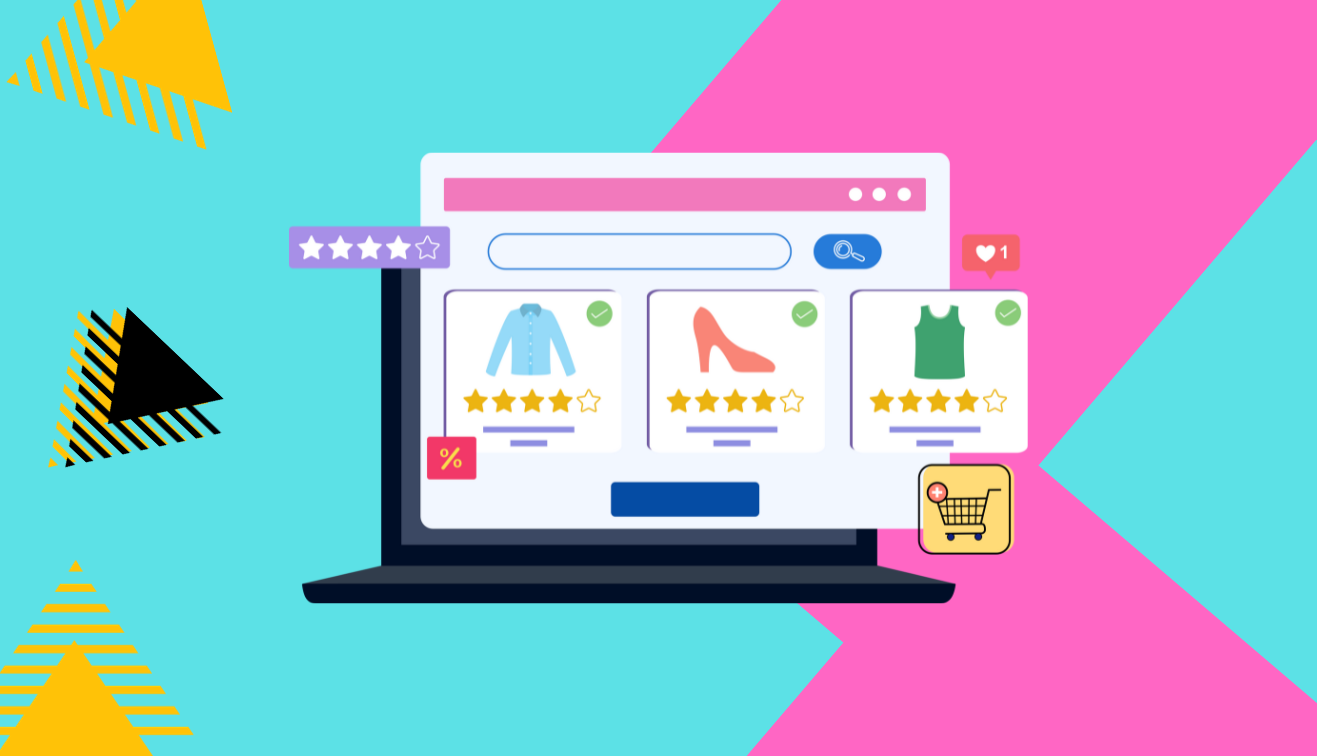
.jpg?w=3840&q=75)
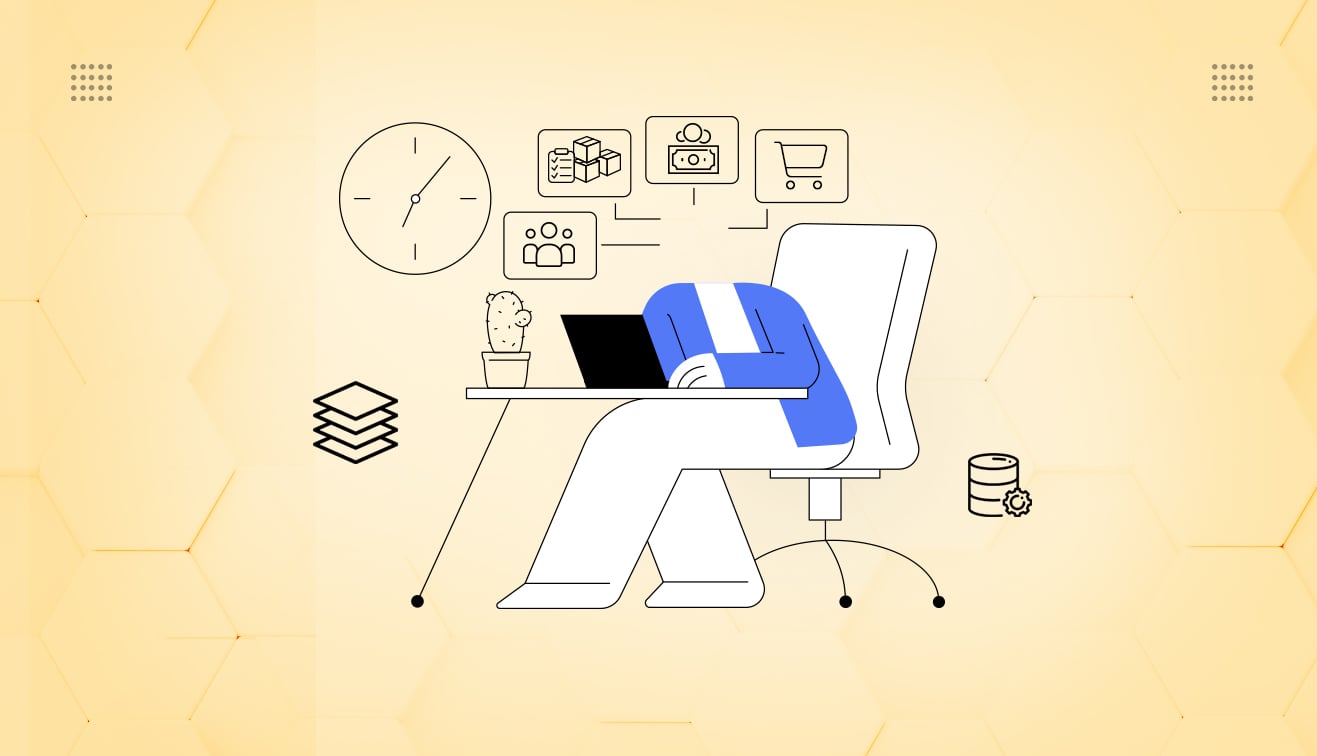

.png?w=3840&q=75)
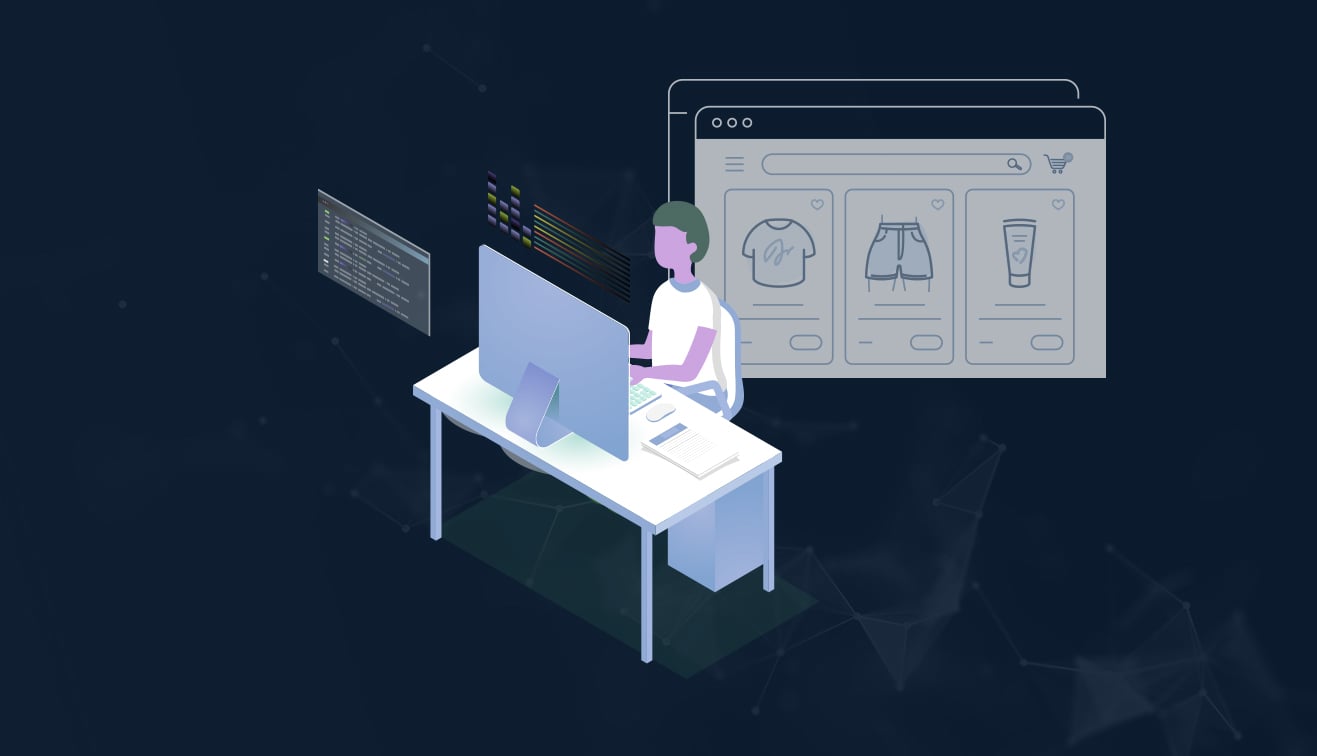
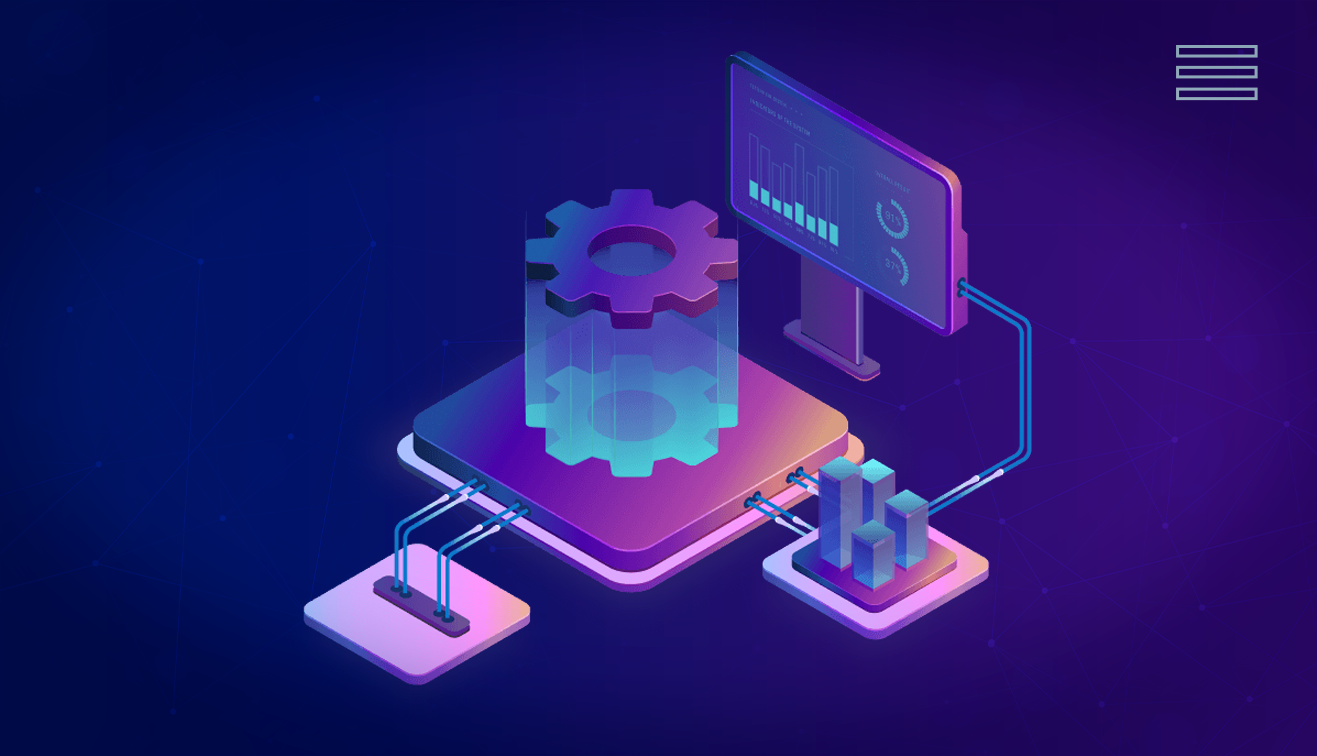
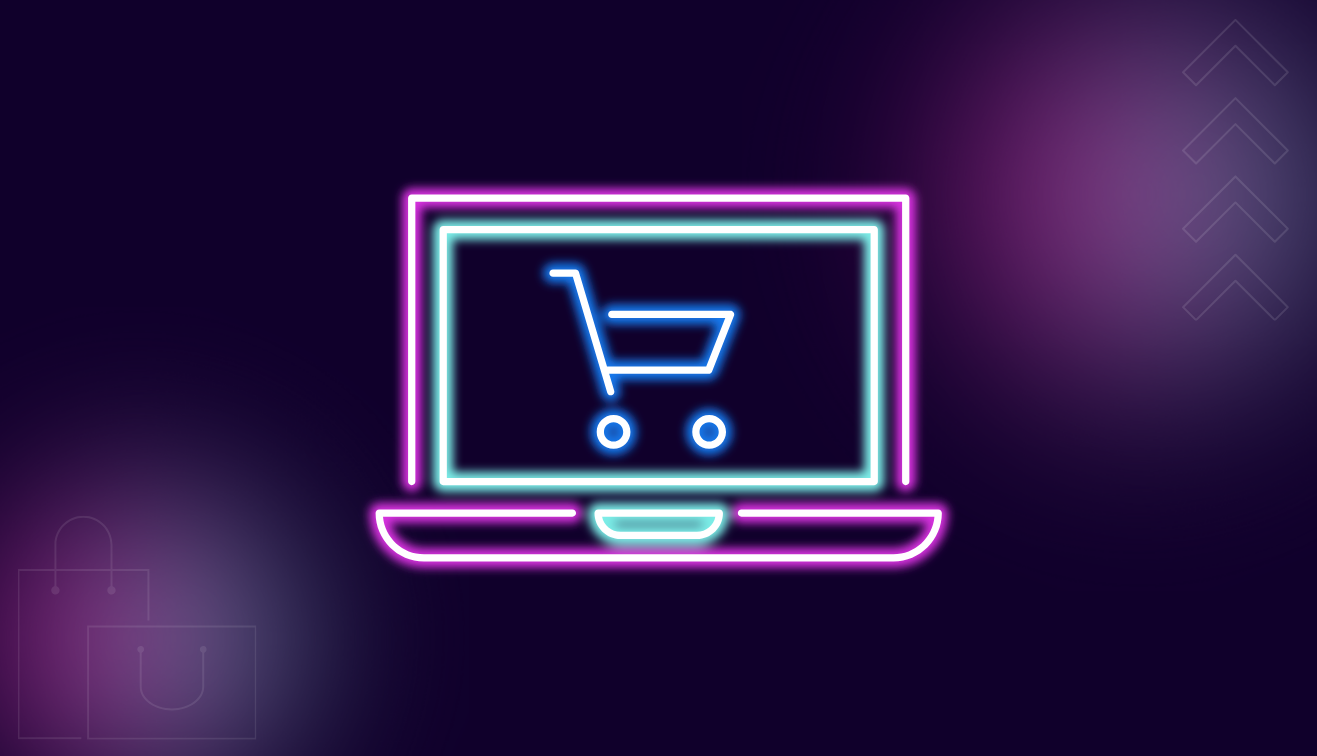
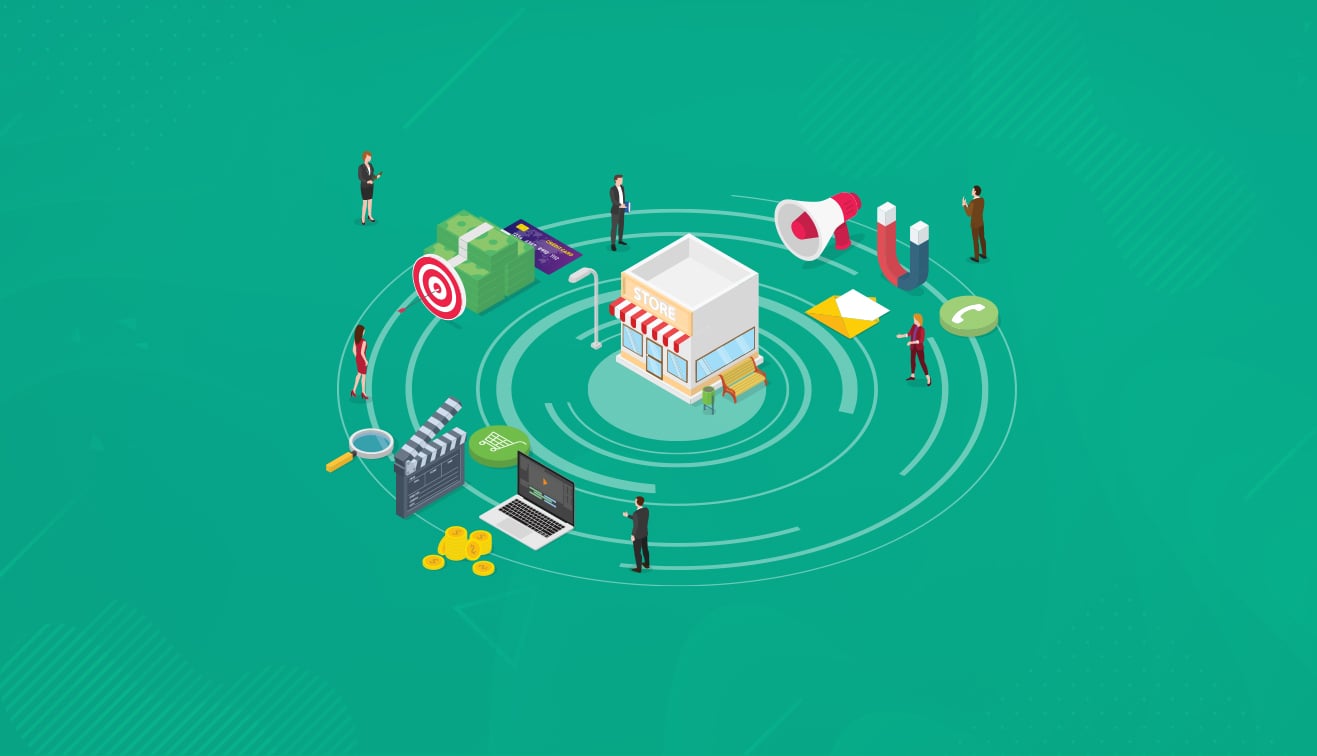
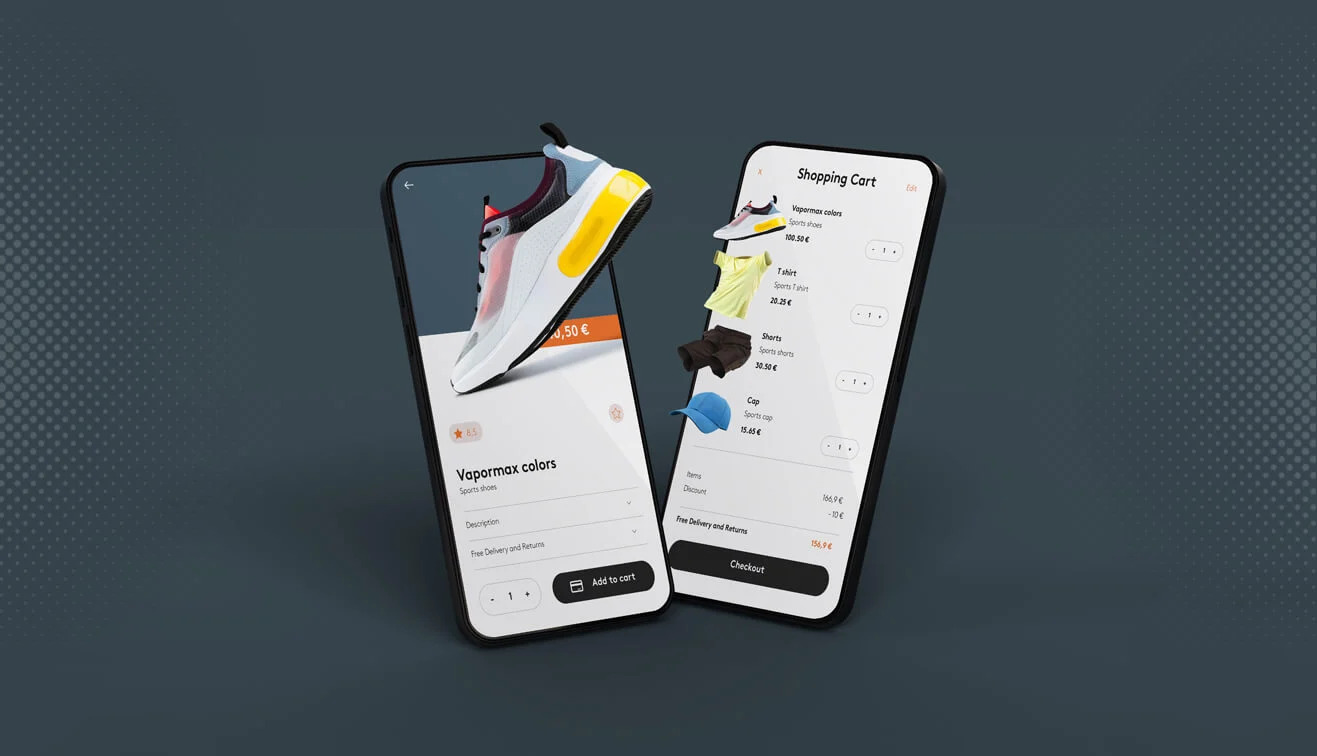
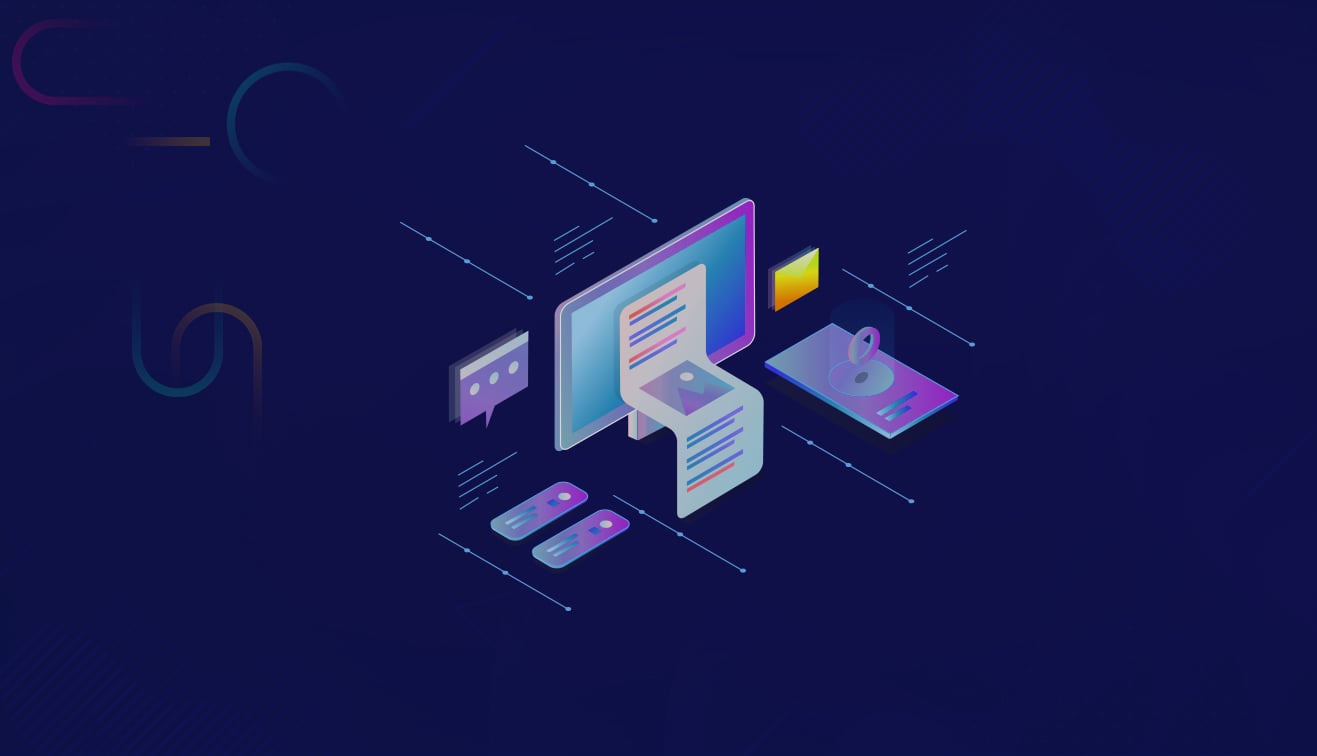
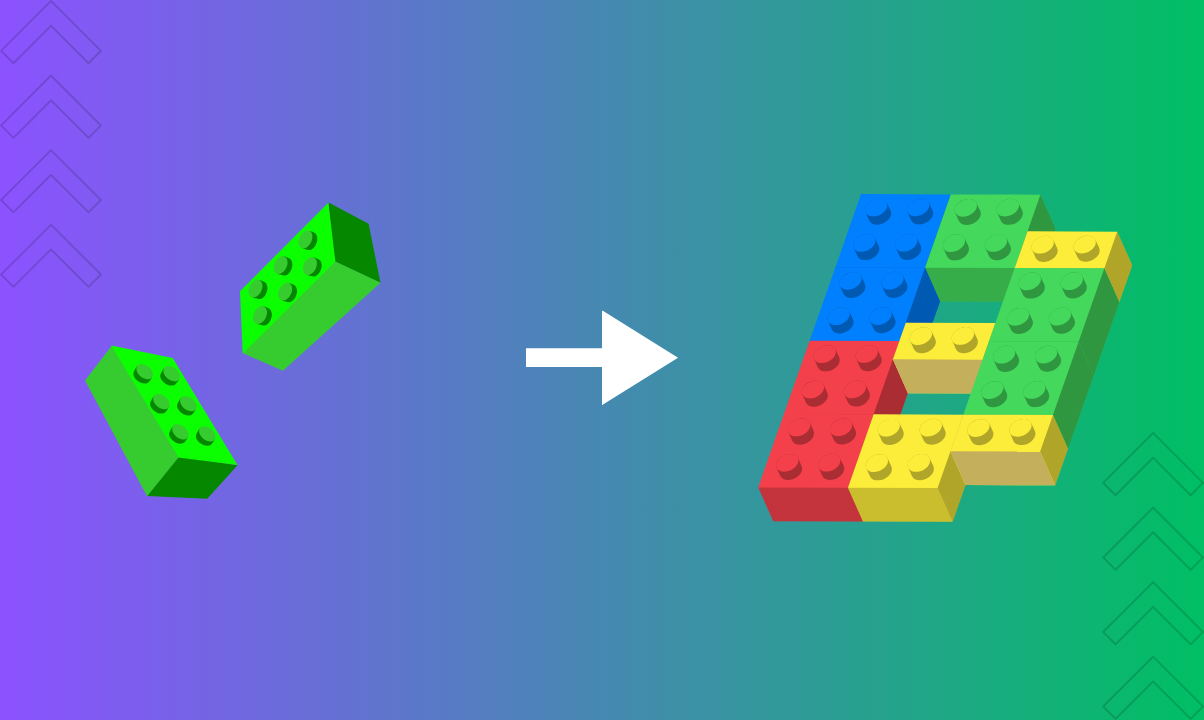

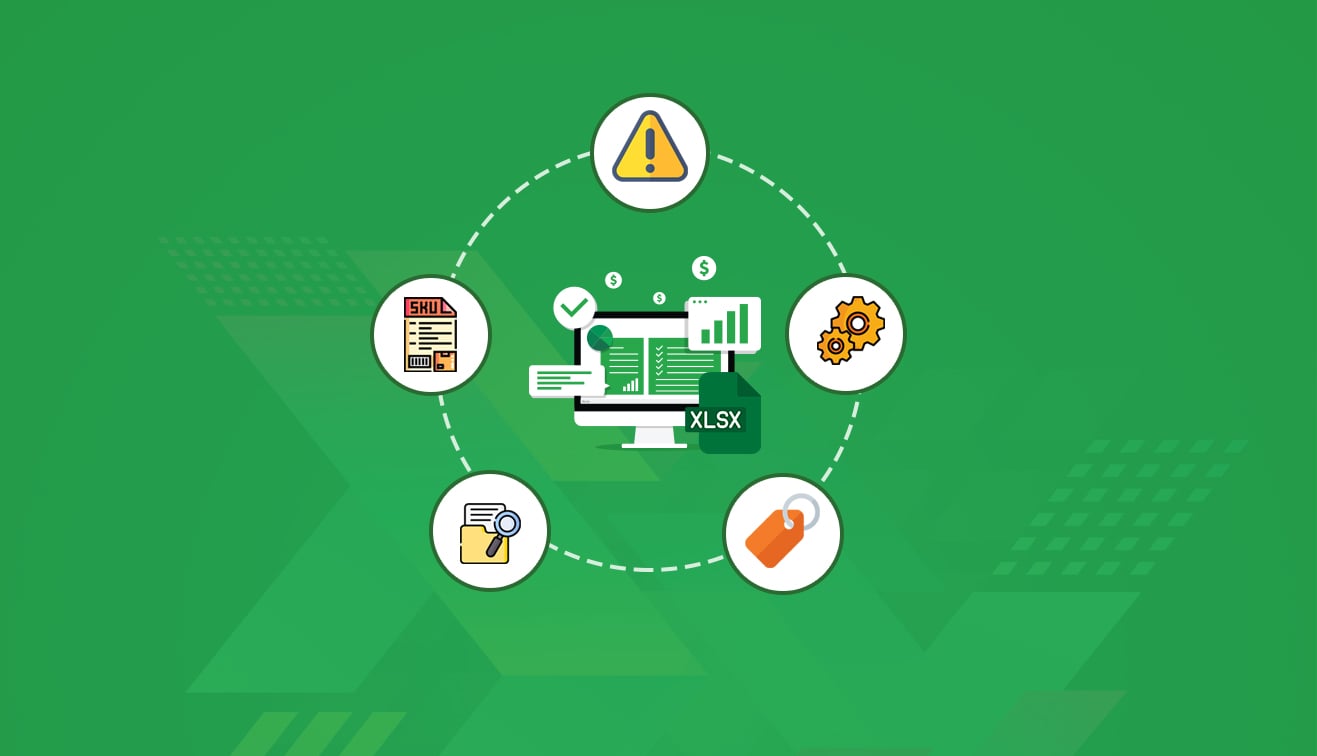
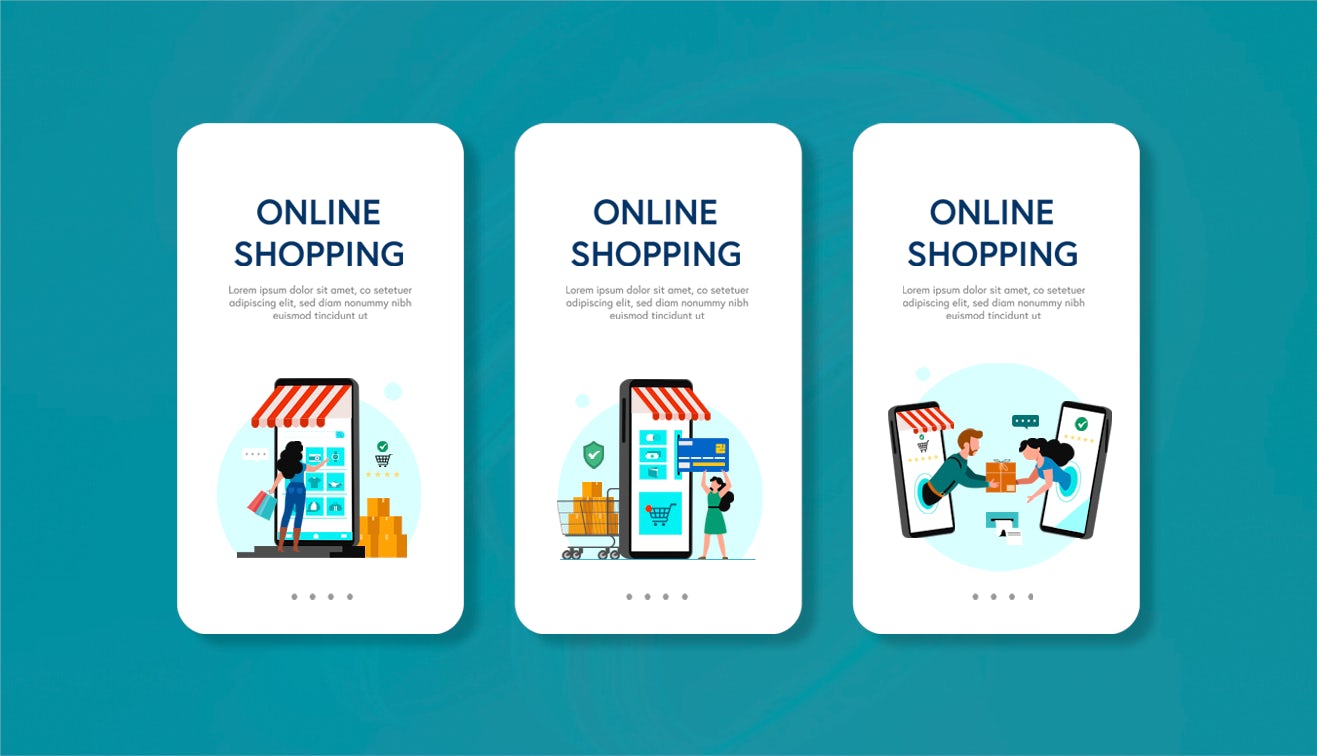
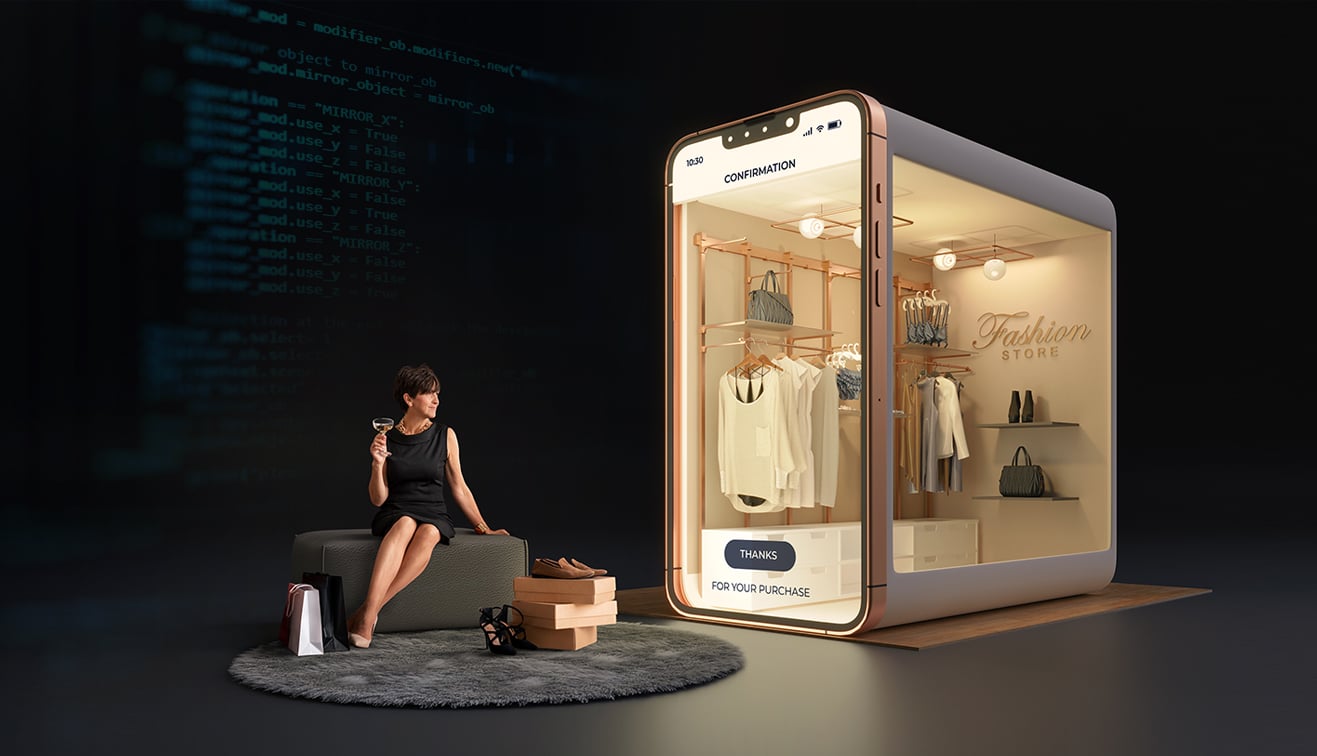
.jpg?w=3840&q=75)
